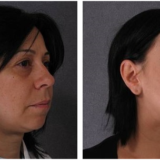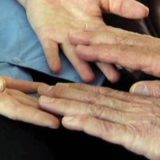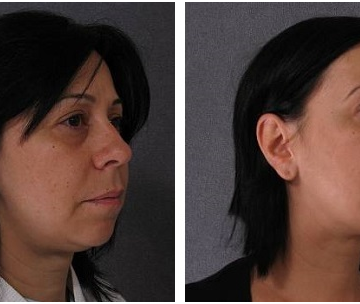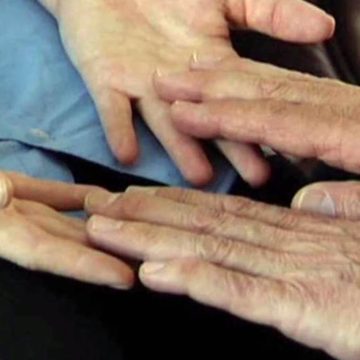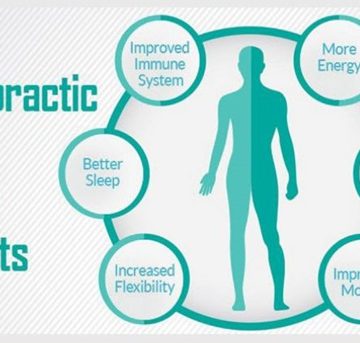While taken for granted most of the time, the significance of the human hands cannot be overlooked.
Activities considered routine—writing, eating, working, creating art, dressing, etc.—can become extra challenging, if not impossible to perform without functioning hands.
Unfortunately, many hand problems occur as a result of trauma, injuries, and overuse.
Depending on the severity of the condition, treatment alternatives can range from noninvasive options to orthopaedic hand surgery.
Carpal Tunnel Release
When pressure is placed on the median nerve, carpal tunnel syndrome is likely to develop.
The condition is characterized by numbness and tingling in the hand.
In some cases, the symptoms will manifest during prolonged gripping or when positioned upright.
Treatment options can range from wearing of splint (to help give the wrist some rest) to steroid injections (to reduce swelling) to
orthopaedic hand surgery.
Orthopaedic hand surgery however becomes the recommended option if the condition does not respond to other noninvasive treatment options.
After the surgery, the hand bandage will remain for at least a week or two.
Stitches however will be removed after 10 to 14 days.
Patients are most likely able to use the thumb and the fingers by then.
While performing heavy tasks will not be recommended, moving the fingers every now and then is advised.
This is done to help guarantee the tendons and the nerves do not get caught up in any scar tissue that will sometimes form after the surgery.
Trapeziectomy
The bone located in the wrist at the thumb’s base is called the trapezium.
When the joint situated there becomes afflicted with arthritis, it can result to excruciating pain and can make even the simplest of task difficult to carry out.
While the pain can eventually disappear, surgery to remove the joint and the trapezium might be advised if the pain persists.
Post-surgery, wearing a splint for at least six weeks will most likely be recommended.
Exercises to help regain hand strength and movement might also be taught.
Dupuytren’s Contracture Fasciectomy
This condition is characterized by tissues that form in the palm of the hands and the fingers.
While sometimes painless and only causes skin nodules, it can also form bands that might result to curling of the fingers.
When curling of the fingers occur, surgery will be required to release the fingers and to remove the tissue.
The surgery will often take only a day and staying in the hospital will not be required.
The skin will often heal 2 to 3 weeks after the surgery.
However, before full use of the hand becomes possible, patient will have to wait for at least 12 weeks.
In majority of the cases, hand exercises will be recommended.
A hand therapist will also need to monitor closely the hand’s function and movement.
Also, while a night extension splint will be beneficial in some cases, it is not often required.
Tendon Repair
Tendons can sometimes tear or snap.
When tendon tears or snaps occur, the condition is called tendon rupture.
While not very common, tendon ruptures can be attributed to rheumatoid arthritis and other types of inflammatory arthritis.
To heal completely, repaired tendons will need at least six weeks.
To protect the tendons while asleep, wearing a hand splint would be recommended.
Fortunately, patients can look forward to enjoying full hand recovery in just two to three months.
Knuckle (MCP Joint) Replacement
Also known as rheumatoid arthritis of the knuckles, metacarpophalangeal (MCP) joint can significantly reduce hand function aside from being very painful.
Patients will often experience difficulty using the hand when the develop occurs.
When this happens, orthopaedic hand surgery is often carried out.
During the surgery, the knucles will be replaced by small artificial joints that will also act as hinges.
Fortunately, the surgery will not only reduce the pain but it will also vastly improve the affected hand’s function.
After the surgery, a few days of rest will be needed before rehabilitation starts.
Exercises to move the fingers will be recommended and wearing a splint at least for several weeks will be required.
